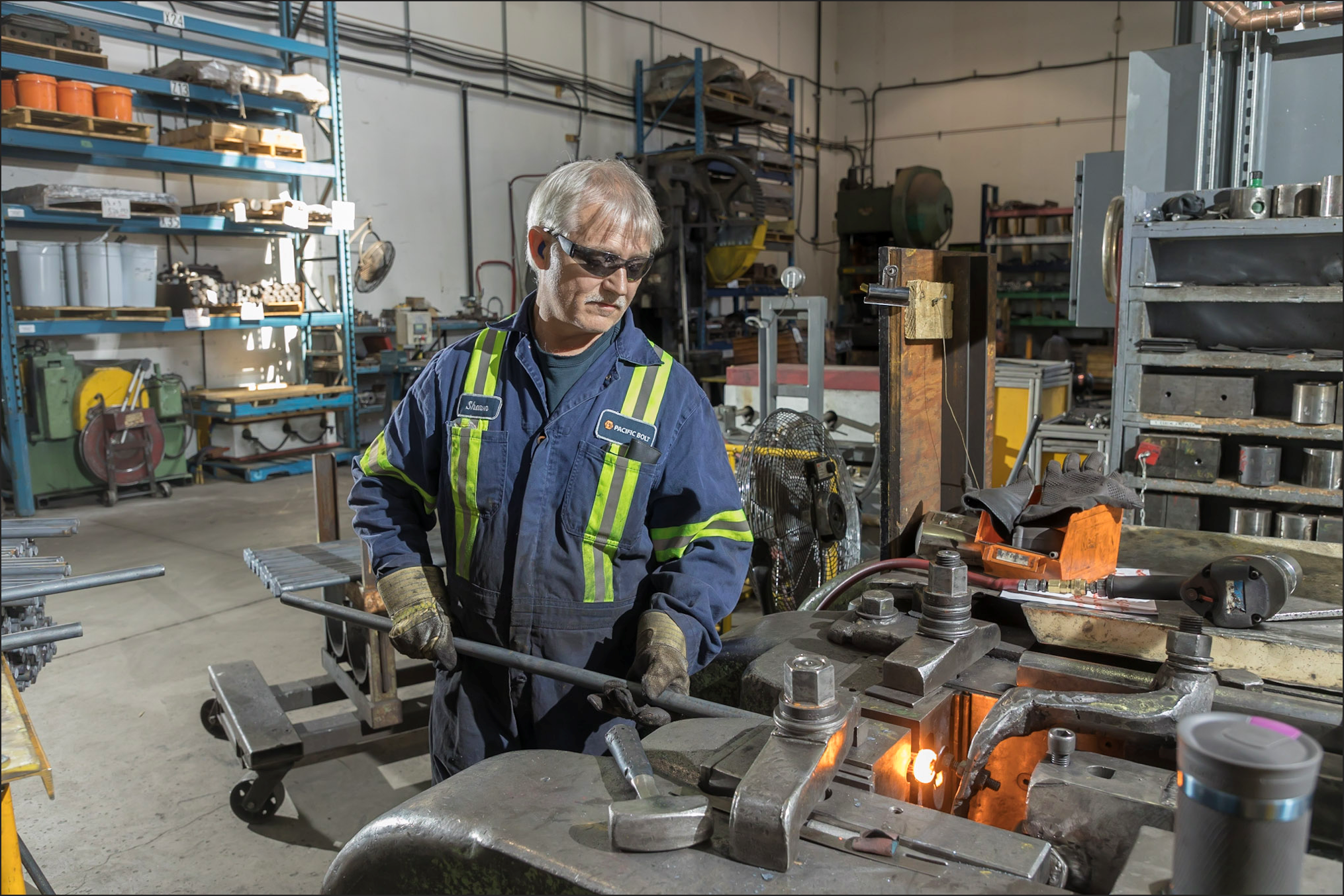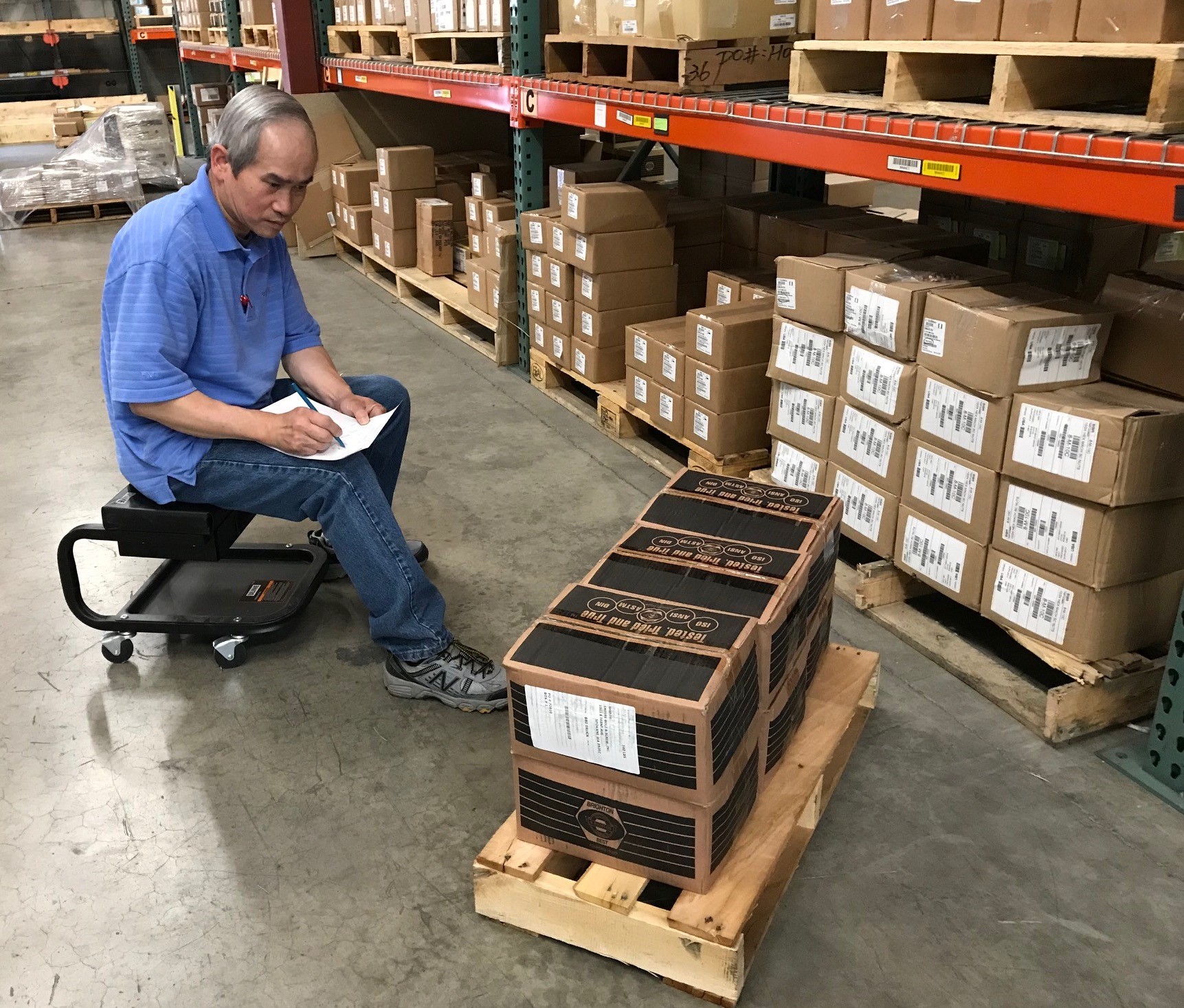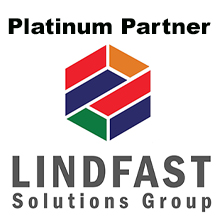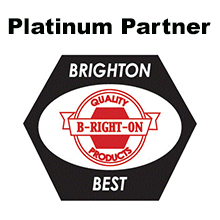- Home
- About Pac-West
- Events
- Fastener Training
- Membership
- Members Only
- Resources
|
Five Simple Ways To Make Your Fastener Business Safer September 2019 Running a safe operation saves money by reducing insurance premiums while improving staff morale and increasing sales by differentiating your company from the competition.
1. Weekly meetings 2. Reduce clutter 3. Ergonomics 4. Improve working conditions 5. Working safely around equipment
Want to drastically reduce employee turnover while boosting productivity and improving your bottom line? Improve workplace safety. “Running a safe operation is just good business,” stated Pacific Bolt Mfg. president Trevor Borland. It was a lesson he learned firsthand. Shortly after becoming president of Pacific Bolt Mfg. in 2014, Borland realized he had a problem. His employee turnover was more than 50%. But how to boost morale? The answer came when Borland began holding weekly staff safety meetings. “Once we started a more aggressive and proactive safety committee, we noticed a reduction in claims, an increase in retention, and a happier workforce,” he explained. In 2015, Pacific Bolt was paying a base insurance premium of 3.7% of payroll. The number of injury claims that year totaled 6, and the employee turn-over rate was 28%, Borland said. Thanks to improved workplace safety, within three years Pacific Bolt’s base insurance premium had dropped to 2.84%, while the number of injury claims dropped to 1, leading to a turnover rate of 4%. In weekly meetings, Borland advised highlighting one safety item each week. He also suggested talking about any injures or “near misses” from the previous week. In addition, discuss the week’s plan for improved safety. It’s also important to allow time for staff feedback, including input on items they need, broken equipment, and general concerns. Typical safety items include high-visibility vests for yard staff (“Make it easy for forklift and truck drivers to see staff”) and correctly-fitted safety harnesses for product pickers. Pacific Bolt doesn’t stop there. Borland requires reduced items on the warehouse floor. “Our rule is, only product or orders being worked on are on the floor.” Everything else should be racked, including items to be received. “If your floor is full, put stuff away or ship it out,” Borland emphasized. Borland also recommended focusing on work area design. Tables and benches should be set at heights that reduce the chances of creating repetitive strain injuries.
“We focus a lot on ergonomics throughout our business as we know that if staff doesn’t have to strain, their time away is reduced, they are happier, and they recognize we work hard to make the workplace safer and more comfortable.” Ergonomics --- fitting a job to a person --- helps lessen muscle fatigue, increases productivity and reduces the number and severity of work-related musculoskeletal disorders (MSDs), according to the U.S. Department of Labor. MSDs affect the muscles, nerves, blood vessels, ligaments and tendons. Risk factors include lifting heavy items, bending, reaching overhead, pushing and pulling heavy loads, working in awkward body postures and performing the same or similar tasks repetitively. Exposure to these known risk factors for MSDs increases a worker's risk of injury. Examples of Musculoskeletal Disorders (MSDs) - Carpal tunnel syndrome Work related MSDs are among the most frequently reported causes of lost or restricted work time. According to the Bureau of Labor Statistics (BLS) in 2013, MSD1 cases accounted for 33% of all worker injury and illness cases. In addition to ergonomics, cleanliness and organization help promote a safer workspace, Borland said. Pacific Bolt has made cosmetic improvements, such as repainting machines, cleaning floors, organizing work areas, and acquiring better tools. Even small improvements to work areas, such as fixing someone’s desk, increased buy-in from workers — who started to request more small fixes and take the initiative to fix things themselves. “We have found the combination of a clean and efficient work place, increased investment in staff training / culture, and a proactive safety committee has increased our productivity by about 15%-20%,” Borland stated. Stanley echoed Borland’s call for a clean and clutter-free workspace. “Making a concerted effort to keep the warehouse looking good and free of obstructions not only makes for good ‘surprise’ tours, but reduces tripping hazards and other mishaps that can cause time away from work,” Stanley noted. And employee retention has a direct impact on a business’s bottom line. Hiring and training employees cost a great deal, Borland explained. “By increasing retention it also has the added advantage that we do not have to replace as many staff and greatly reduces the time and energy spent on hiring and training new staff.” It’s not only employees who care about workplace safety. Borland said customers ask about his company’s claim record. So if you’re trying to quantify supplier differences, safety is a strong topic to focus on. “People want to deal with safe companies,” he stated. Improved health and safety has also secured larger contracts with companies for which protecting worker safety is required to win a bid, Borland said. Because of this, Pacific Bolt has been able to provide bolts for high-profile infrastructures, such as the Granville and Golden Ears bridges, SkyTrain lines, Vancouver streetlights, and connectors for highway barriers. Borland’s advice for companies just starting to focus on improved workplace safety? Start small and be consistent. Staff want to be involved, but trust takes time to build, he explained. “Fix one thing and move on to the next.” Or, in baseball parlance, “Focus on base hits not home runs.” In addition, allow staff to take ownership of workplace safety, he advised. “At the end of the day, people want to come to work, do their job and go home without getting injured.” In weekly safety meetings at Pacific Bolt, everyone is treated equally, making it a team effort instead of management vs. employees, Borland explained. Lip service or catchy slogans won’t improve workplace safety, Borland warned. “Focusing on safety saves you money,” he said. “But only if you’re sincere and do the work.”
|



 Empire Bolt & Screw CEO Ron Stanley agreed.
Empire Bolt & Screw CEO Ron Stanley agreed. Click here to download a PDF version of this article
Click here to download a PDF version of this article
